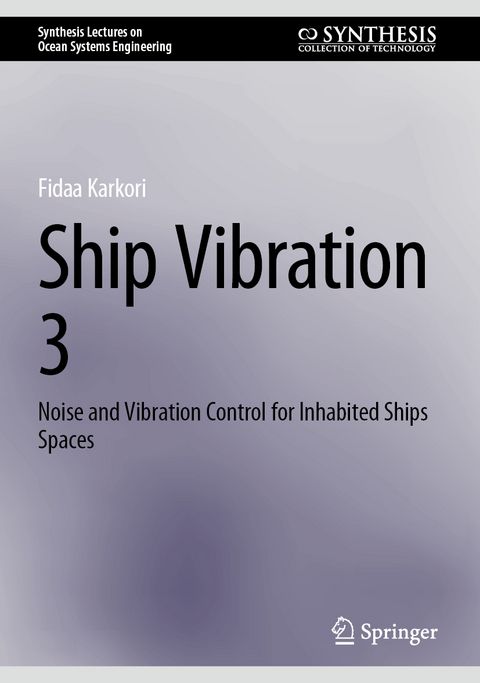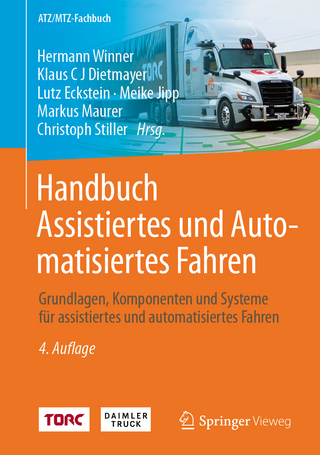
Ship Vibration 3
Springer International Publishing (Verlag)
978-3-031-68077-9 (ISBN)
Working and living onboard vessels imposes a series of generally low-frequency mechanical vibrations as well as single-impulse shock loads on the human body. Also, exposure to noise is characteristic aboard vessels. Low-frequency vibrations are created by vessel motions, which are produced by the various sea states in conjunction with vessel speed and point of sail. These motions can result in motion sickness, body instability, interruptions of task performance, sleep interruption and fatigue, increased health risk aggravated by shock loads due to slam and reduced human efficiency. Higher-frequency vibration influences comfort and is often associated with rotating machinery. The imposition of higher frequency vibrations (about 1 to 80 Hz) induces corresponding motions and forces within the human body creating discomfort and reduced human efficiency. With regard to noise, the above can similarly affect exposed humans, notably with sleep interruption and resulting fatigue, discomfort, and reduced efficiency. Also of concern are transient and permanent hearing loss, masking of audible signals, and interruption of speech communication. The concerns related to levels and characteristics of noise and vibration are covered in this and the other titles in the series related to ship vibration and noise control. be granted any of the associated habitability notations, specific noise and vibration criteria must be met. Ship designers in pursuit of these notations often request guidance on how to control levels of noise and vibration in inhabited spaces. As a result, this book has been written. The information presented in this book is intended for guidance only to support vessel designers and operators in controlling vessel noise and vibration in the general case, and more specifically in meeting the requirements of classification society habitability rules.
Fidaa Karkori is Senior Learning Development Consultant for a UK based marine training conusltancy, with a focus on training development, design and delivery. Fidaa has worked previously in the education and aviation sector before settling down in the training and professional development field.
General.- Vibration.- Shipboard vibration modelling.- Noise.- Shipboard noise modelling.- Design for low noise levels.- Path treatment.- HVAC treatments.- Receiver treatments.- Propulsion treatments.- Implementation.
| Erscheinungsdatum | 06.08.2024 |
|---|---|
| Reihe/Serie | Synthesis Lectures on Ocean Systems Engineering |
| Zusatzinfo | XIX, 78 p. 13 illus., 4 illus. in color. |
| Verlagsort | Cham |
| Sprache | englisch |
| Maße | 168 x 240 mm |
| Themenwelt | Technik ► Fahrzeugbau / Schiffbau |
| Technik ► Maschinenbau | |
| Schlagworte | Concept Design • Excitation • Ship vibration • structural resonance • vibration analysis |
| ISBN-10 | 3-031-68077-4 / 3031680774 |
| ISBN-13 | 978-3-031-68077-9 / 9783031680779 |
| Zustand | Neuware |
| Haben Sie eine Frage zum Produkt? |
aus dem Bereich


